A Website All Set Up And Working from £185 a Year
"IN-AP Systems" Web Design - HOME PAGE - CLICK HERE
The KT Impact - Crater Of Death
65 million years ago there was a comet that hit mexico, traveling at 25 miles per second, it was called The KT impact, or the "Cretaceous–Tertiary (K–T) extinction", 7\10ths of all species became extinct including dinosaurs and ammonites, anything larger then a domestic cat was out of there.
The KT impact, 95% probably a comet, was about 10 km (6.2 mi) across, the impact in Chicxulub left a 110 mile crater with a depth of 24 mile, now being buried hundreds of meters beneath the Yucatán Peninsula, The kinetic energy of the impact was estimated at 72 teratonnes of TNT, thats 4.5 billion times the explosive power of the Hiroshima atomic bomb. CORRECTION - it is now known that the KT Impactor was a C-type rock, a carbonaceous asteroid, 75% of known asteroids are C-type.
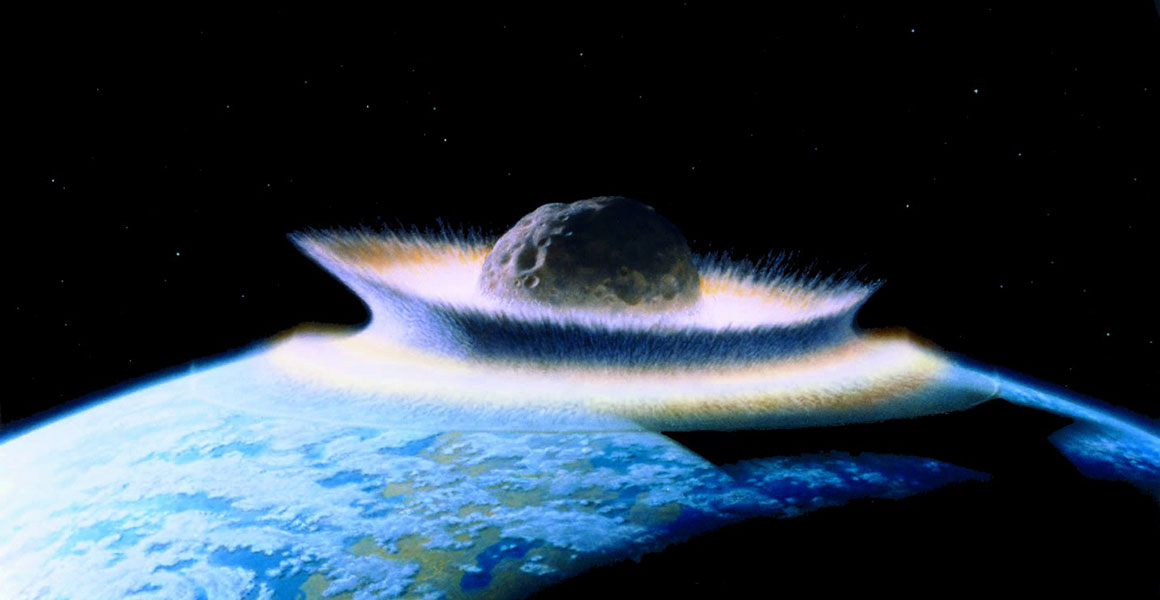
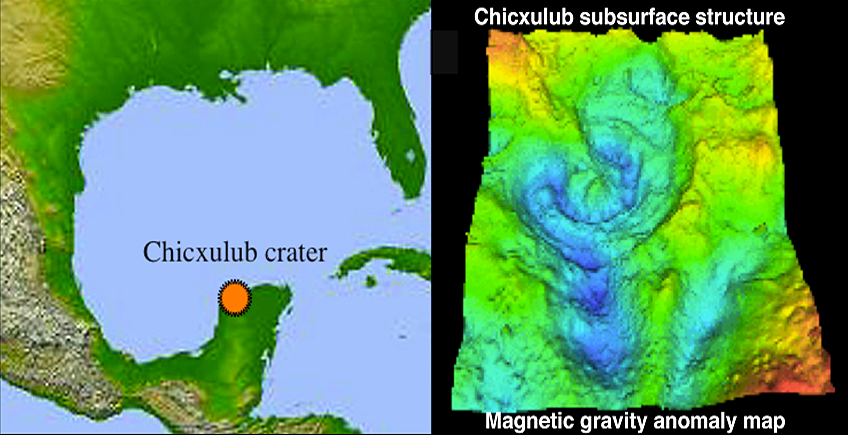
Crater Discovery
In the late 1970s, geologist Walter Alvarez and his father, Nobel Prize-winning scientist Luis Walter Alvarez found the thin layer of Iridium clay deposited around the world and put forth their theory that the Cretaceous–Paleogene extinction was caused by an impact event. But the crater was discovered by Antonio Camargo and Glen Penfield, geophysicists who had been looking for petroleum in the Yucatán Peninsula during the late 1970s.
They had obtained onshore gravity data from the 1940s and when the gravity maps and magnetic anomalies were compared, Penfield described a shallow "bullseye", 180 km (110 mi) in diameter, they presented their results at the 1981 Society of Exploration Geophysicists conference, Penfield was initially unable to obtain evidence that the geological feature was a crater and gave up his search. Later, through contact with Alan R. Hildebrand in 1990, Penfield obtained more samples that suggested it was an impact feature. Evidence for the crater's impact origin includes a gravity anomaly, shocked quartz, tektite spherules, an iridium layer and tsunami sand wave bed deposits, Hildebrand had found all these pointers in relation to the KT impact at Chicxulub.
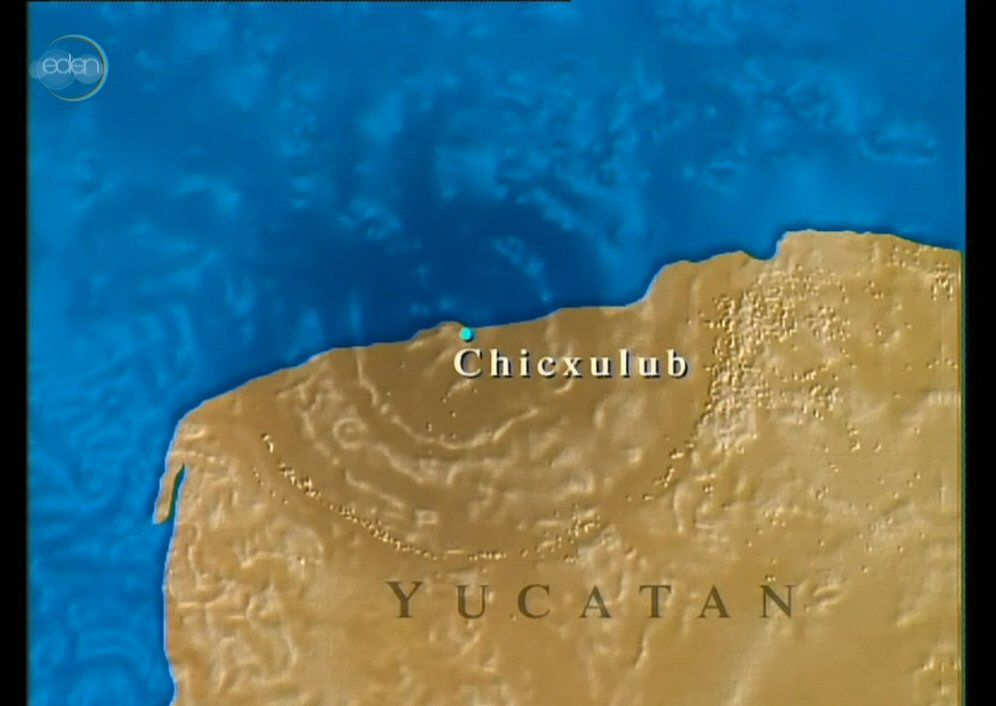
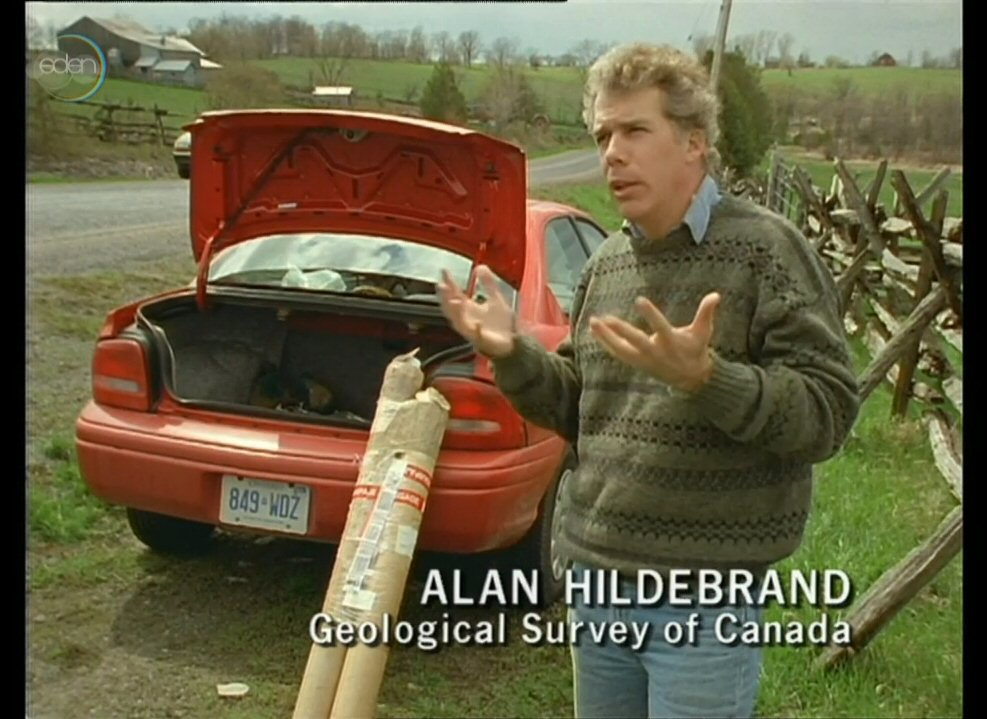
The Impact
The crater \ impactor size ratio was 20:1 or 120:6 miles, and the impactor penetrates up to 4 times its diameter, working out at 24 miles deep, also the asymmetry impact was at a 30 degree oblique angle traveling NNW, the worst possible outcome for north america, so it took the brunt. The blast consists of melt, vapour and ejector. Because of the high impactor speed being 25 mps the kinetic energy at impact was equivalent to 72 teratonnes, seventy two thousand billion (72,000,000,000,000) tonnes of TNT. The impactor and the immediate area of the impact are completely vaporized with 5,000,000,000,000 tonnes of rock turned to gas. 72 / 5 = 14.4 tonnes of TNT per tonne of rock, The intense shockwave and melt sheet blows the atmosphere apart expanding at 16,000 kilometers an hour smashing and incinerating everything in it's path for at least 3000 kilometers.
Because the impact occured in an ocean basin, it would of produced large waves, waves as high as the ocean is deep, maybe 2 km high, and at a speed of 800 kph. This global megatsunami traveled thousands of kilometers leaving tsunami sand wave bed deposits, these sand deposits upto 100 mtr thick, had in some places impact material above and below the sand, the bottom layer made within a few hours or so, and the top layer forming upto many weeks from fallout after the sand had been deposited.
CraterExplorer - AWESOME Comet and Meteorite Impact Index - Scroll Down and Click "Chicxulub" for Detailed Info
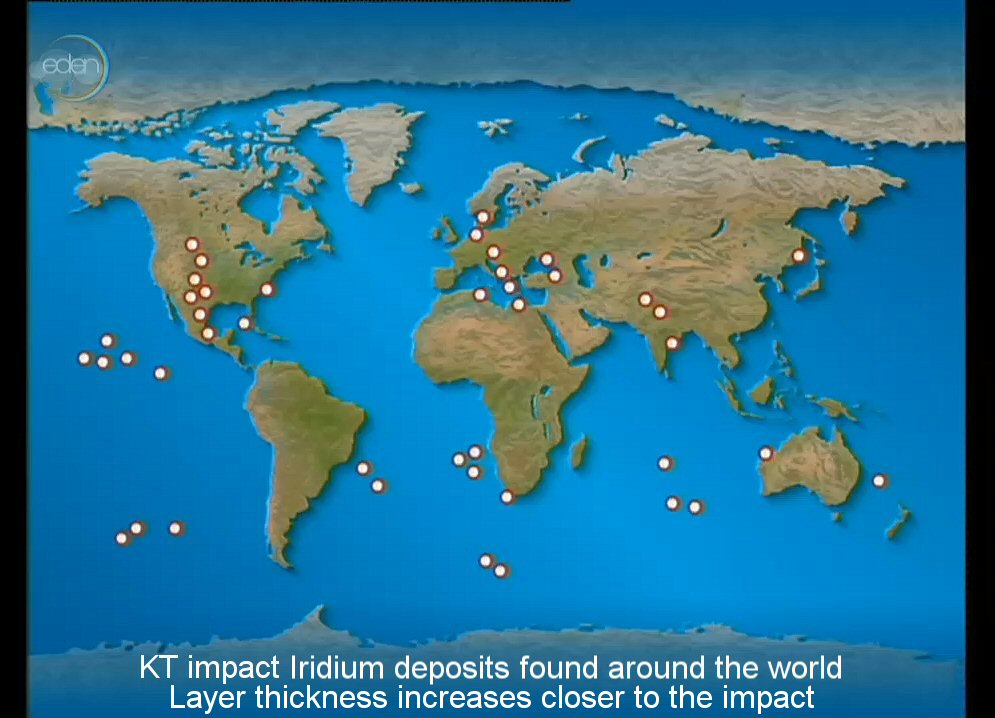
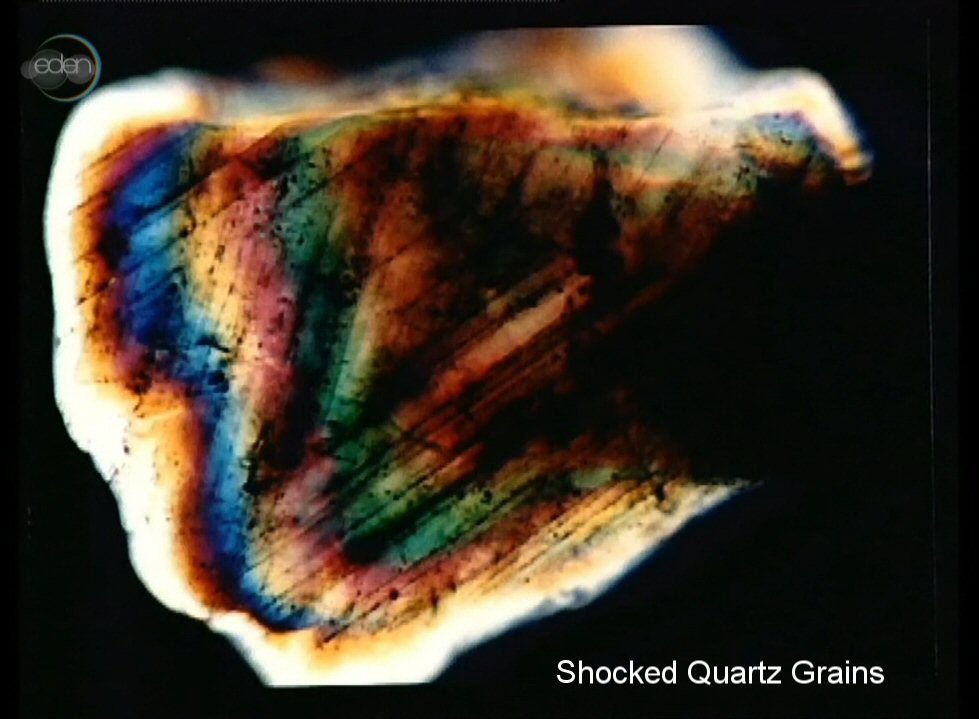
The Extinction Process
Whatever the cause, be it blast, ejecta dust, vapor haze, or soot from global fires, the global darkness that blocked out the sun was like a twilight for 6 months, the temperature dropped to minus 20 degrees celsius like an ice house effect, and with no light, it kills 7\10ths of animal, plant and marine life. After the sky cleared, some dinosaurs may of survived the cold and darkness, they might never have become extinct but for the cruelest twist of fortune, with the heat of impact the rocks on the floor at ground zero were vaporized and especialy deadly, producing leathal gasses and acids, , 1) nitrogen dioxide and nitric acid, from the nitrogen in the atmosphere and nitrates. 2) sulfur dioxide and sulphuric acid, from the calcium sulphate. 3) carbon dioxide, from the calcium carbonate, remember that 5,000,000,000,000 tonnes of rock turned to gas. A wide range of terrestrial species perished in the KT extinction, the best-known being the non-avian dinosaurs along with many mammals, birds, lizards, insects and plants. In the oceans, the extinction killed off plesiosaurs and mosasaurs and devastated teleost fish, sharks, mollusks (especially ammonites, which became extinct), and many species of plankton. To date the KT looks like a unique event, there may of been other exinctions brought about by impact, and there was certainly other impacts that perhaps did not cause extinctions, but there was never an impact and an extinction so closely linked and as catostrophic as KT and the KT Extinction.
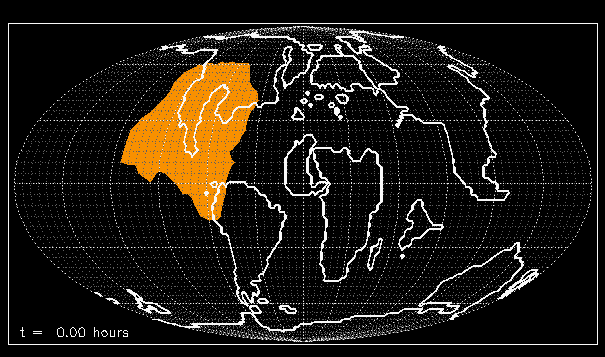
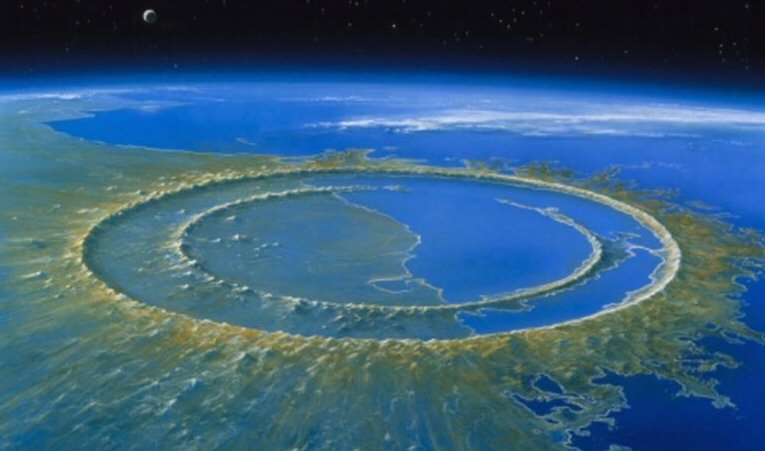
Animal Extinction
The KT global mass extinction event was responsible for eliminating approximately 80 percent of all species of animals at or very close to the boundary between the Cretaceous and Paleogene periods, about 66 million years ago. Avian dinosaurs—in other words, birds—survived and flourished. Museum scientists estimate that there are more than 18,000 bird species alive today. A variety of other species also survived on land, including frogs, snakes and lizards, ancestors of Whales, Dolphins and Elephants, Rhino's and Hippo's, also Tigers and Lions were just on the right continent away from the impact, and able to survive.
The KT impact also had a profound effect on the evolution of life on Earth. The elimination of dominant Cretaceous groups allowed other organisms to take their place, causing a remarkable amount of species diversification during the Paleogene Period. After the KT extinction event, biodiversity required substantial time to recover, despite the existence of abundant vacant ecological niches.
Mammals, in contrast, could eat insects and aquatic plants, which were relatively abundant after the meteor strike. As the remaining dinosaurs died off, mammals began to flourish. Although representatives from other classes of animals also survived the KT extinction -- crocodiles, for instance, had the saving ability to take to water -- mammals were clearly the main beneficiaries and they have since spread to nearly every corner of the planet. One of the biggest distinctions between small animals and big animals is population size, there are a lot more mice in Africa than elephants in Africa, so you can kill 90% of the mice and still have millions of them left, if you kill 90% of a dinosaur species, you have 10 left and maybe that's not enough to have a sucessful mating population.
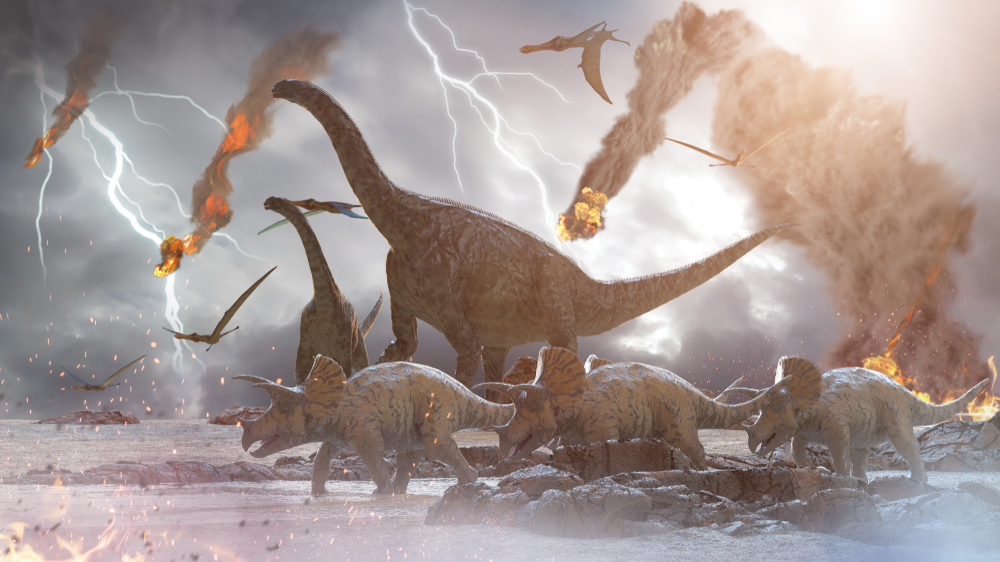
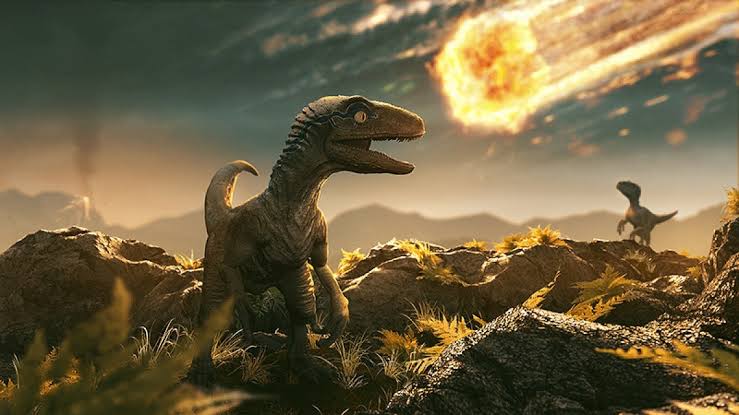
Plant Extinction - Work in Progress
The global twilight like darkness caused by impact airborne debris, produced a lingering impact winter that blocked out the sun and may have lasted up to two years, it prevented plants from photosynthesizing. Photosynthesis is the process plants use to convert the sun's energy into food so many land plants were severely affected and became extinct, but palm trees are an indication of a warm weather climate and extreme cold temperatures can harm palm trees, but it was not cold enough to kill them off in certain locations. Some plants hibernate in the winter, a process known as dormancy. Dormancy is similar to hibernation in animals, and helps plants survive cold weather by conserving energy and nutrients. A maximum estimate of plant extinction, based on species lost that were present in the uppermost 5 m of Cretaceous strata, is 57%.
Plant life had already undergone immense change during the first half of the Cretaceous, with the emergence and sudden rise to dominance of the flowering plants (angiosperms). Flowering plants suffered some species loss, but overall escaped relatively unscathed. In fact, the extinction event helped flowering plants become the dominant type of plant today. Ferns were able to thrive in the disturbed environment, and only needed the wind to spread to new areas, Fast-growing plants with quick life cycles did well and were able to adapt to the rapidly changing environment.
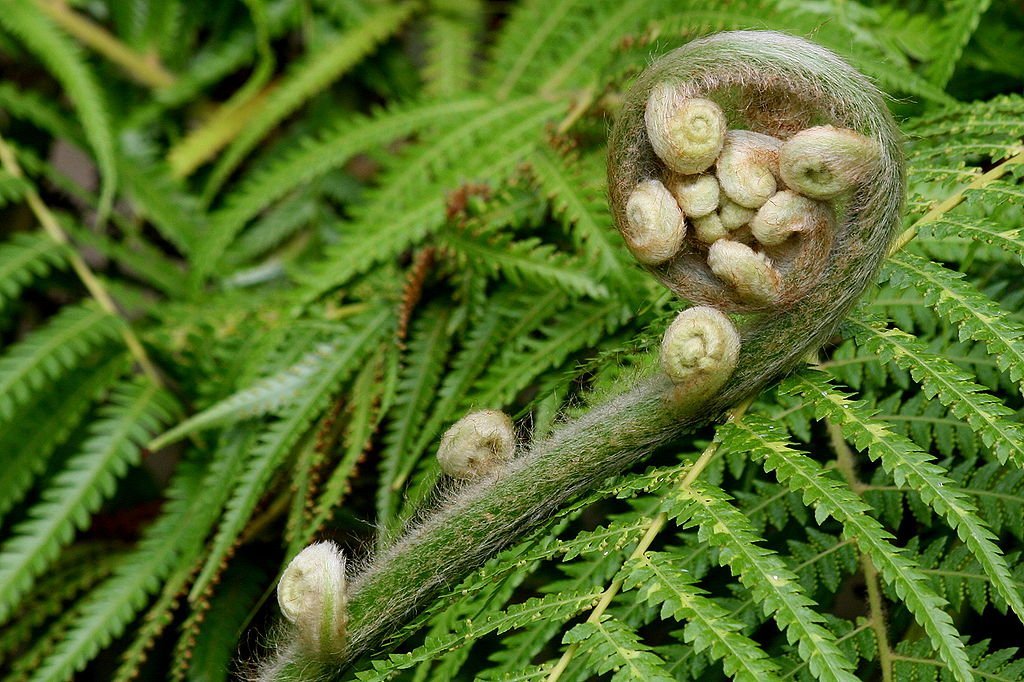
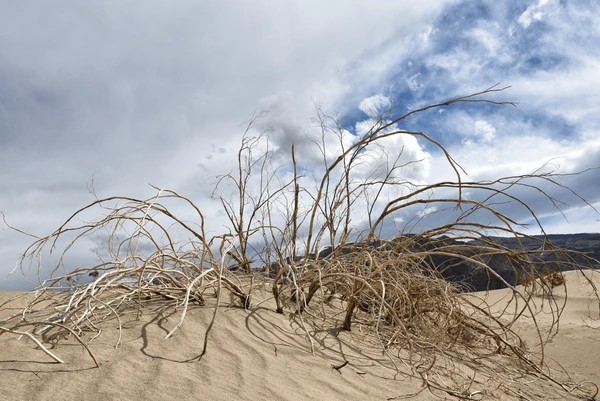
Marine Extinction
People have suggested acid rain, they have suggested global darkness and global cooling, there are pretty good reasons to rule out acid rain or global cooling as causes of marine extinctions, they basicly stem from the size of the ocean. The ocean has such a tremendous resovoir of heat and acid buffering material that acid rain and global cooling are unlikely direct causes of marine extinction, global darkness on the other hand would be a very easy way to drive marine organisms to extinction. If you basicly turn out the lights over the entire planet, then all of the plankton in the oceans run out of their primary energy source, because when you shut off the sunlight, you shut off the ability for phytoplankton to grow and reproduce, when those plankton die still larger animals have nothing else to feed on and the whole eco system would basicly collapse. It only took six months of darkness to make the dominant marine animals extinct. Ammonites had been on earth for over 300 million years, and had gone through all kinds of waxing and waining of diversity with other mass extinctions and they had allways come back, this is the only mass extinction from which they did not come back.
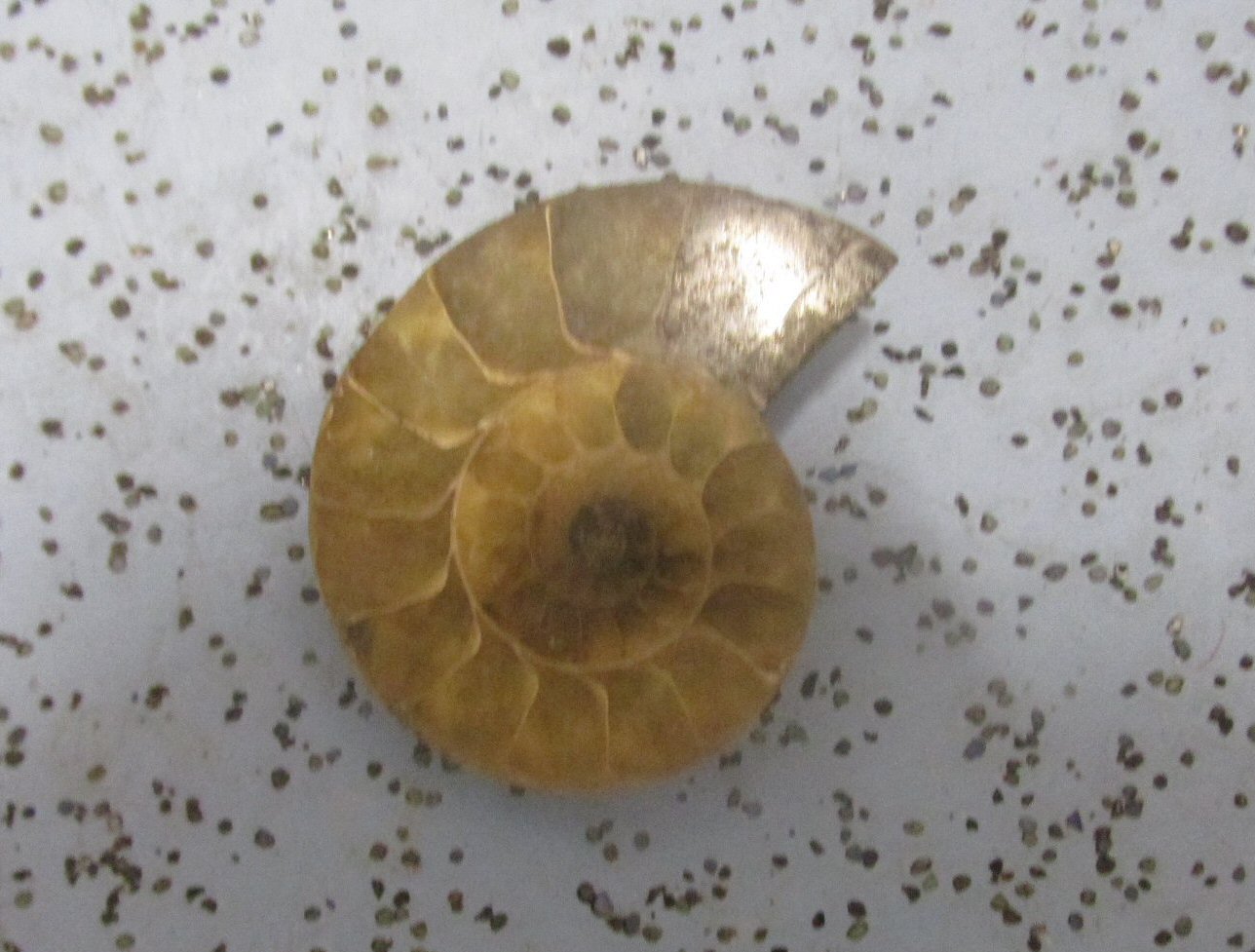
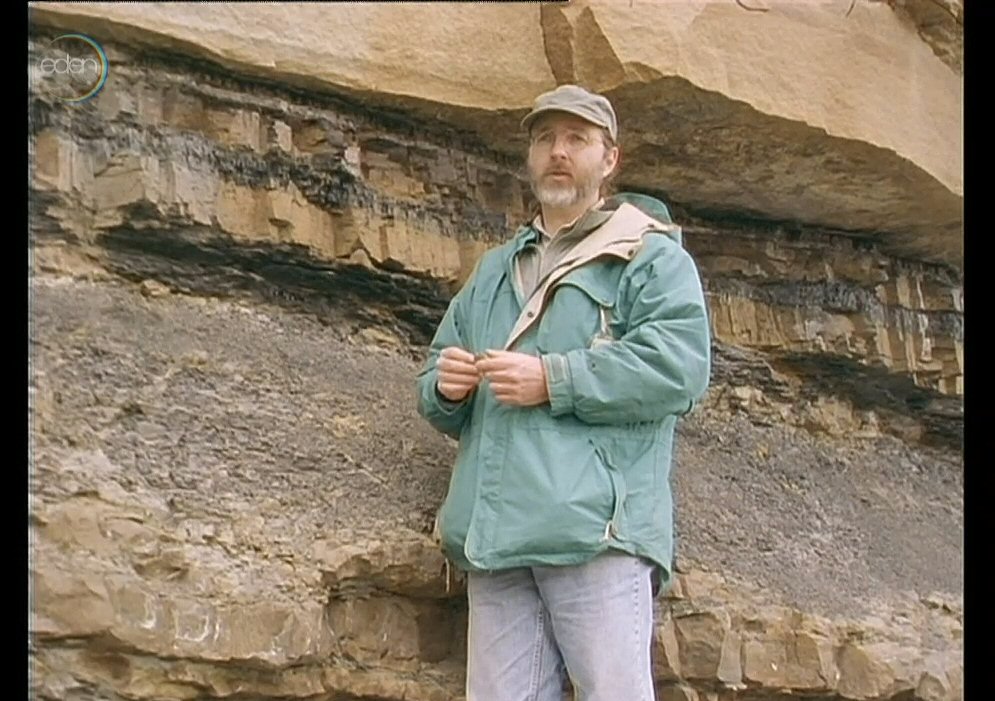
My Ammonite may be more than 100 million years old !!
Embedded Text File
Contact Information
Mobile: 07497 041527
Email: Craftsbysophie2025@hotmail.com
Facebook: Crafts by Sophie Group
You are visitor number:
Since 12/06/2022
Please visit again
IN-AP Systems - Established 1997

A computer is like the mind, it has IN-finite AP-plications...
Thank you for your order!
We will contact you soon.